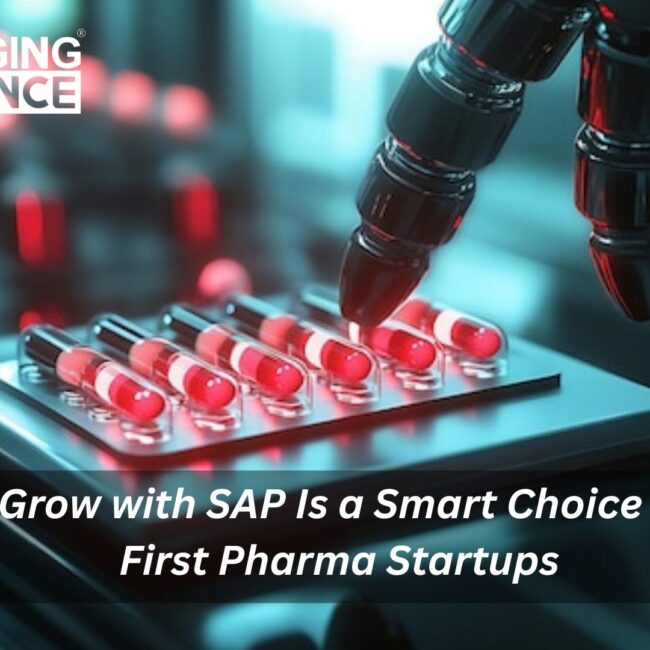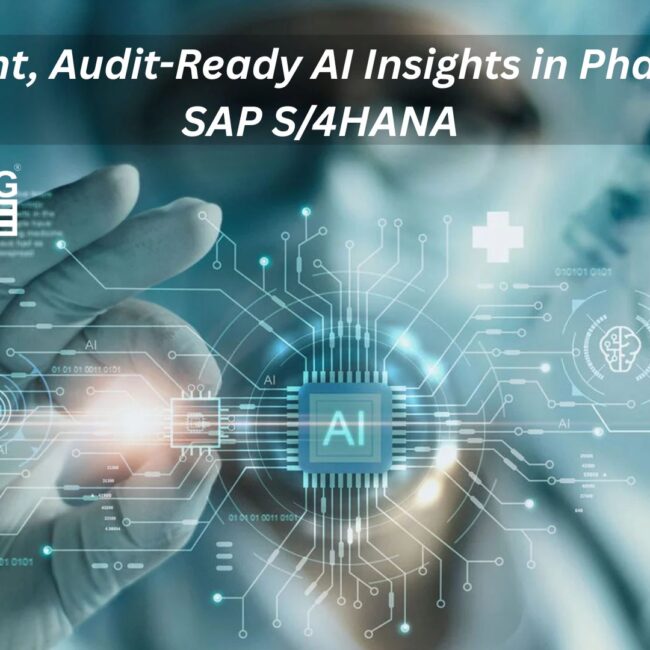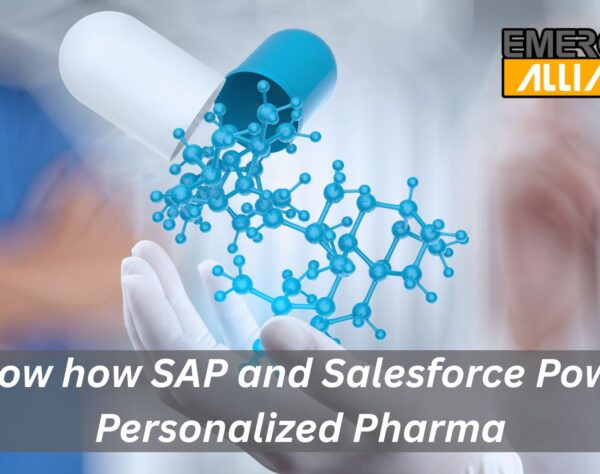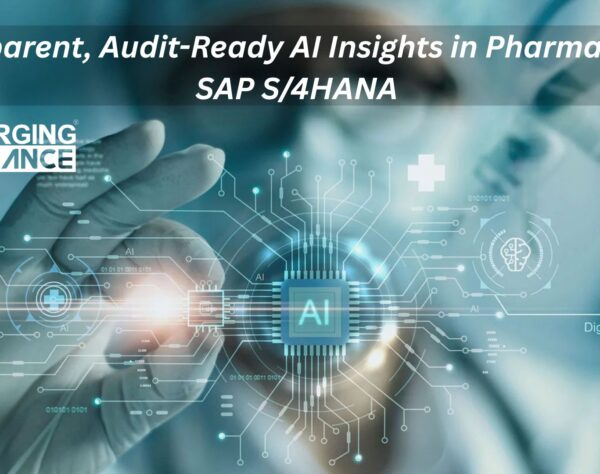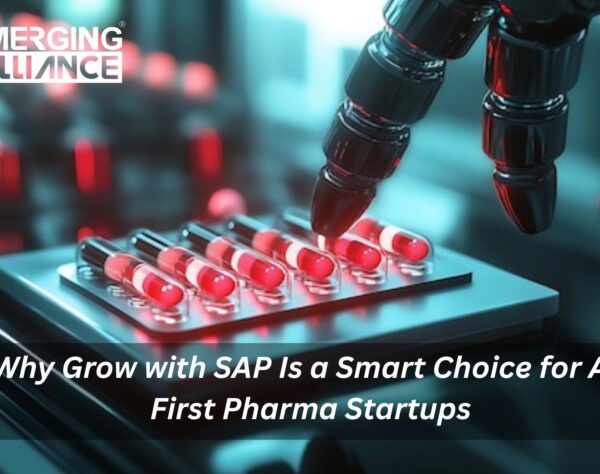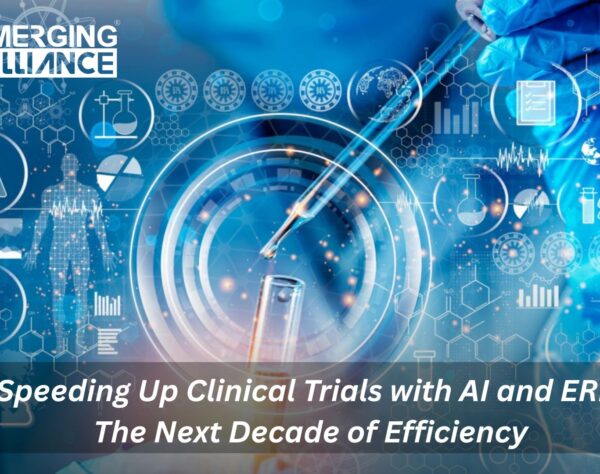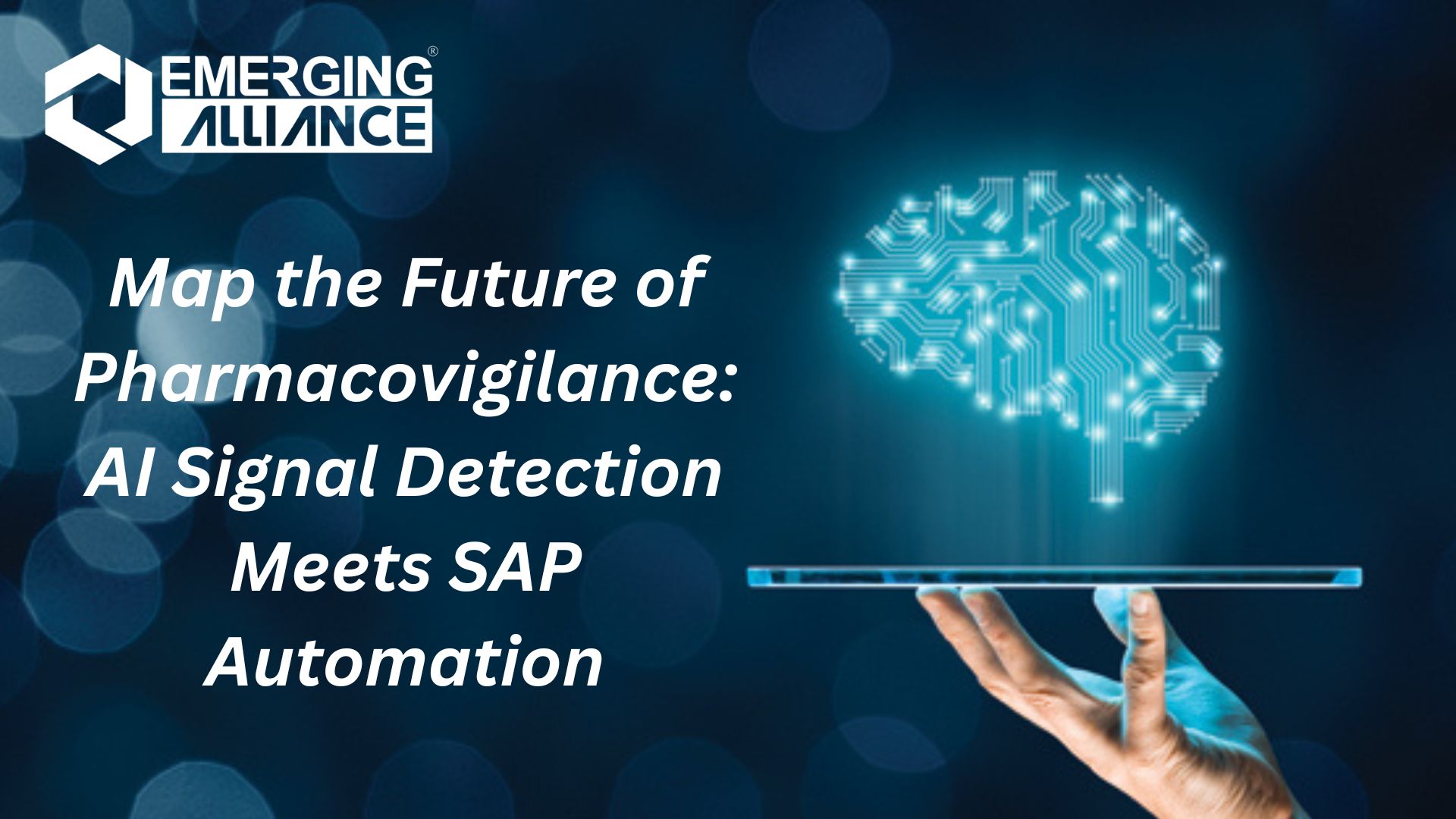
Map the Future of Pharmacovigilance: AI Signal Detection Meets SAP Automation
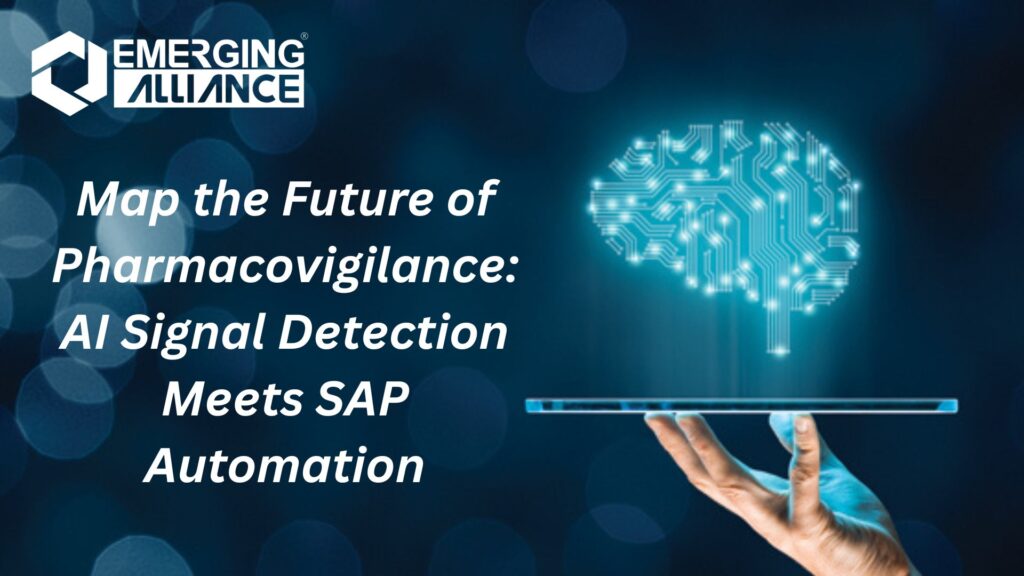
Know How AI and SAP Are Transforming Pharmacovigilance
As the pharmaceutical landscape becomes more data-intensive and regulatory-heavy, pharmacovigilance (PV) is evolving rapidly. Today, AI-driven signal detection paired with SAP automation is reshaping how drug safety teams monitor adverse events, identify risks, and stay compliant.
This isn’t just digital transformation—it’s a complete shift toward predictive pharmacovigilance.
Why Traditional Pharmacovigilance Falls Short
Most pharma companies still rely on:
- Manual case triaging
- Siloed safety databases
- Delayed signal identification
- Reactive regulatory reporting
These bottlenecks lead to:
- Slower response to safety threats
- Higher compliance risks
- Inefficient labor-intensive workflows
In an age where every second counts, manual processes can cost lives and licenses.
The Future is Here: AI Signal Detection + SAP Automation
Artificial Intelligence (AI) can now comb through massive volumes of patient reports, clinical data, and post-market surveillance logs to detect potential safety signals long before human analysts can. When integrated with SAP’s intelligent ERP suite, this power becomes enterprise ready.
How It Works:
- AI identifies adverse event trends from structured and unstructured data (EMRs, clinical notes, social media, etc.)
- SAP automates workflows, from case intake to regulatory submissions
- Alerts and workflows are triggered in real-time for safety teams, QA, and compliance departments
Key Benefits of AI + SAP in Pharmacovigilance
1. Real-Time Signal Detection
AI detects patterns and safety signals faster than traditional methods, improving reaction time and risk mitigation.
2. End-to-End Workflow Automation
SAP automates the end-to-end PV process—intake, triage, assessment, documentation, and regulatory submission—across countries and formats.
3. Global Compliance Made Easy
Stay aligned with:
- FDA FAERS (US)
- EMA EudraVigilance (EU)
- CDSCO (India)
SAP’s compliance automation ensures accurate, audit-ready submissions in the correct formats.
4. 360° Drug Safety Visibility
With embedded dashboards and SAP Analytics Cloud, stakeholders get a single view of product safety, patient outcomes, and operational bottlenecks.
5. Resource Efficiency
Manual effort is drastically reduced, freeing up pharma safety teams to focus on complex case analysis and strategic decisions.
Use Case: Mid-Sized Biotech Company in Clinical Phase III
Challenge:
Managing thousands of patient safety reports across multiple global trial sites with limited pharmacovigilance personnel.
Solution:
- AI flagged abnormal safety patterns in days—not weeks
- SAP automated ICSR submission to both EMA and FDA
- Reduced manual case workload by 45% and improved submission timelines by 30%
Impact:
- Early identification of safety signals
- Lower regulatory risk
- Faster go-to-market clearance
Integrating AI Signal Detection with SAP: What You Need
- SAP S/4HANA or Grow with SAP Cloud ERP
- SAP Business Technology Platform (BTP)
- AI/ML engine (e.g., SAP AI Core or third-party tools like SAS, AWS SageMaker)
- SAP Fiori apps for signal tracking, workflows, and analytics
- Custom connectors for pharmacovigilance databases (e.g., Argus Safety, Veeva Vault Safety)
Final Thoughts
The future of pharmacovigilance isn’t just digital—it’s intelligent, integrated, and automated.
With AI-driven signal detection and SAP automation, pharma companies can move from reactive safety management to proactive patient protection.
Also read, similar articles that interests you on SAP and various other ERP systems, for the Pharma industry.
FAQs
1. What is pharmacovigilance and why is it critical in pharma?
Pharmacovigilance ensures the safe use of medicines by monitoring, assessing, and preventing adverse effects post-market.
2. How does AI help in pharmacovigilance?
AI detects potential safety signals early by analyzing large volumes of structured and unstructured data.
3. What is signal detection in PV?
Signal detection refers to identifying new or known adverse effects of drugs that may require further investigation or action.
4. Can SAP automate regulatory submissions for PV?
Yes, SAP automates submissions to agencies like FDA, EMA, and CDSCO using pre-built formats and compliance tools.
5. What SAP products support PV automation?
SAP S/4HANA, SAP BTP, SAP Analytics Cloud, and integrations with safety systems like Argus support PV processes.
6. Is this approach suitable for clinical trial phases?
Yes, AI + SAP enhances PV in all stages—preclinical, trials, and post-market surveillance.
7. Can AI and SAP integration help smaller pharma companies?
Absolutely—it reduces manual effort and improves compliance, making it ideal for resource-constrained teams.
8. How accurate is AI in detecting safety signals?
AI significantly improves accuracy and speed, though human oversight remains critical for validation.
9. Does SAP offer dashboards for drug safety monitoring?
Yes, SAP provides real-time dashboards and KPIs via Fiori apps and SAP Analytics Cloud.
10. How can I implement AI + SAP for pharmacovigilance?
Partner with an SAP Silver Partner like Emerging Alliance for consulting, implementation, and support.
🌐 Ready to map the future of your Pharmacovigilance operations?
Let Emerging Alliance help you integrate AI + SAP for a smarter, safer future. 📩 Schedule a Free Demo


